Species
Conservation programs funded by the National Fish and Wildlife Foundation benefit hundreds of species and the habitats they depend on across the United States. NFWF has developed conservation strategies with measurable outcomes that track progress for many of these species. These species are good indicators of healthy habitats.
These strategies and metrics can be found in NFWF’s business plans developed by scientists and other experts, and approved by the Foundation's Board of Directors. NFWF programs fund conservation grants that implement the strategies and actions identified in the business plan.
Click on the species to learn a little about it, and which programs fund grants to conserve the species and its habitat.
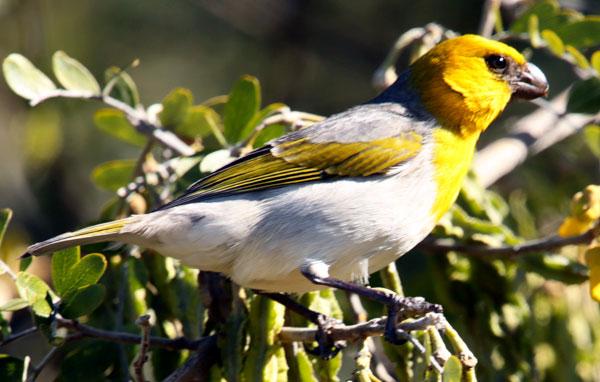
Palila
The palila is a unique finch-billed Hawaiian honeycreeper currently restricted to a narrow range of dry-forest forest on the volcano of Mauna Kea on Hawaii’s big Island. Palila are ecologically dependent on māmane, an endemic dry-forest tree that produces seed pods which are the primary food source for this species.
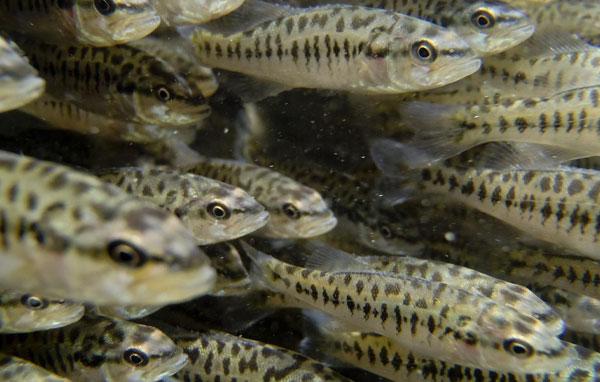
Guadalupe bass
The Guadalupe bass is the state fish of Texas - the only place on earth where the species is found. The main threats to the species are reduced stream flow and hybridization with non-native smallmouth bass.
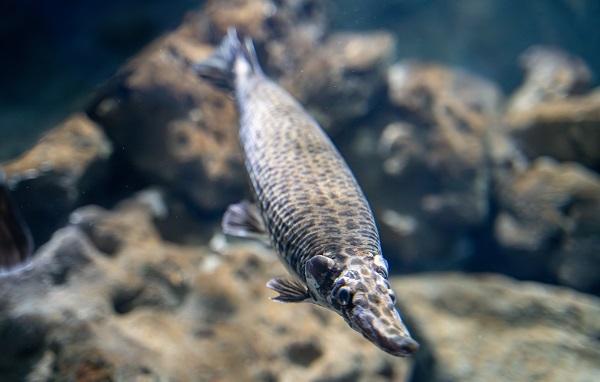
Alligator Gar
Alligator gar—one of seven species of gar—are a long-lived species with evolutionary roots going back 180 million years. The alligator gar is the largest gar species alive today, averaging 6.5 feet in length and weighing up to 350 pounds. Interlocking, diamond-shaped scales act as chainmail to protect the alligator gar from predator attacks. Alligator gar range from southwestern Ohio and southern Illinois to the Mississippi River drainage basin. Their range continues south to the Gulf of Mexico.
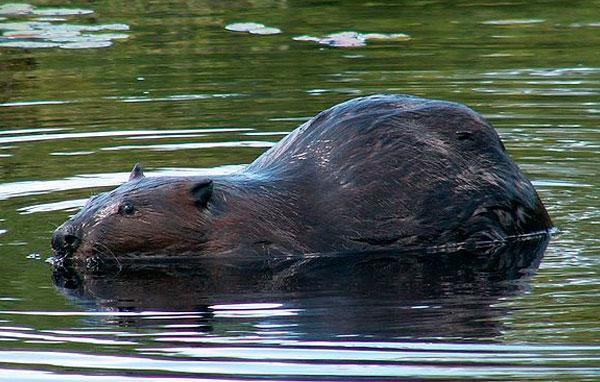
American beaver
The North American beaver, the largest rodent species in North America, are primarily aquatic and highly social. Considered to be ecosystem engineers, beavers construct dams to flood areas for forage and protection that also provide crucial habitat for other aquatic and wetland species.
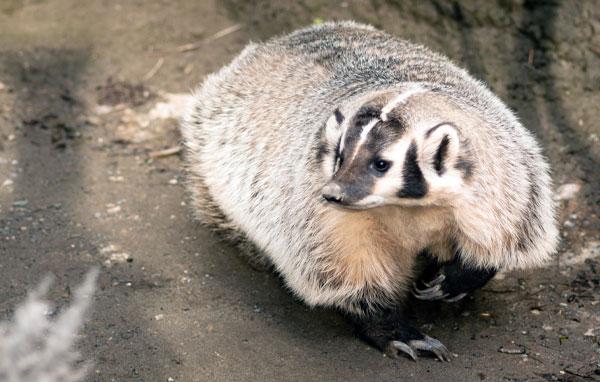
American badger
The American badger is a member of the Mustelidae, or weasel family, and is native to grasslands of North America. This fierce carnivore is an excellent excavator and digs burrows in pursuit of prey, raising young and sleeping.
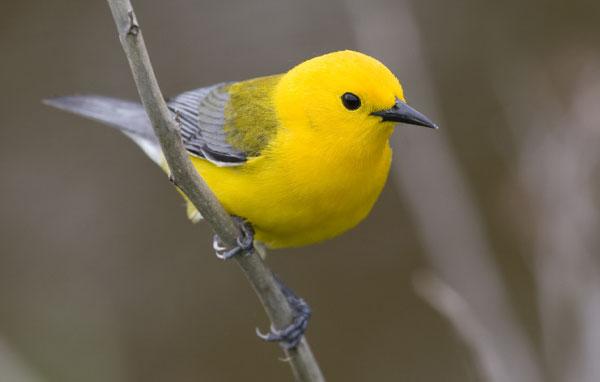
Eastern hardwood forest birds
Eastern deciduous forests provide important habitat for forest birds, which can reside in them year-round, or rely on them as breeding grounds or stop-over sited during migration. Deciduous forests have been subject to fragmentation from extractive activities and development for many years, putting the wide variety of bird species they support at risk.
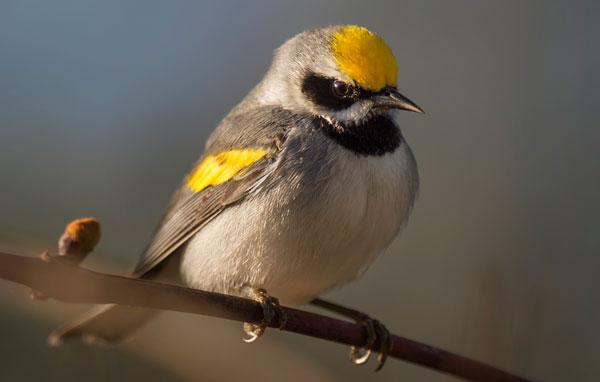
Golden-winged warbler
The golden-winged warbler is a striking, neotropical songbird with bright yellow plumage on the crown and wings. Their breeding range formerly extended across the Midwest to the east, but is now restricted to two isolated subpopulations: one in the higher-elevation areas of the Appalachians and the other around the Great Lakes into Manitoba. Loss of early succesional has resulted in population declines especially for the eastern population.
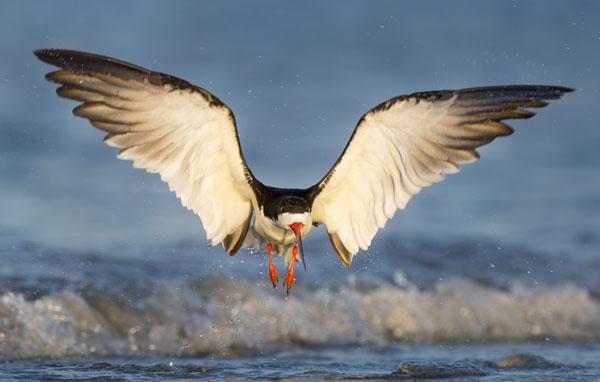
Black skimmer
Black skimmers are a beach-nesting, tern-like member of the gull family found across the Americas. The North American population migrates to the warmer waters of the Gulf of Mexico and Caribbean during the non-breeding season. Skimmers are aptly named for their unique foraging strategy of skimming the water’s surface with their lower beak, or mandible, and snapping shut when it contacts a fish.
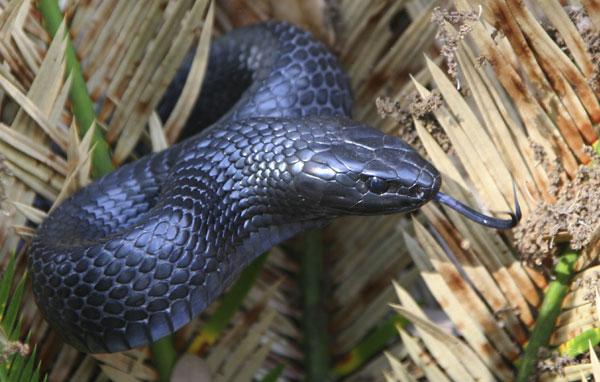
Indigo snake
Indigo snakes are native to coniferous forests of the southeastern United States and prefer mature longleaf pine habitat. These non-venomous snakes which can be identified by the blue-black sheen to their scales are listed threatened under the Endangered Species Act due to population declines as a result of habitat loss and removal of individuals for pet trade.
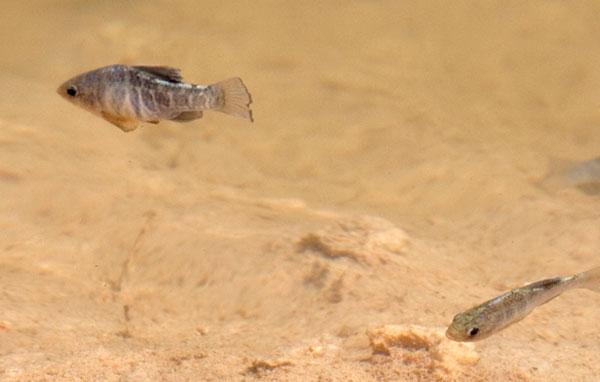
Pecos pupfish
The Pecos pupfish is an endemic, IUCN Red List vulnerable species historically found in New Mexico and Texas in the Pecos River, but is now limited to a few areas of Texas. Threats to the Pecos pupfish include river alterations, invasive species, non-native species and diseases.
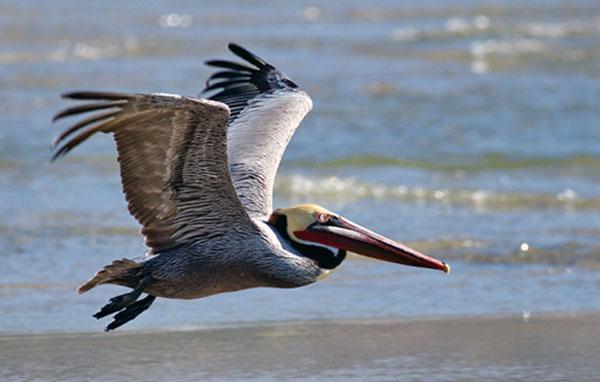
Brown pelican
Brown pelicans are a colonial nesting coastal seabird with five recognized subspecies found throughout the Atlantic and Pacific coasts of the Americas. Pelicans are well known for their plunge diving strategy—falling from heights above the sea's surface they stun small fish before scooping them up in their expandable throat pouch.
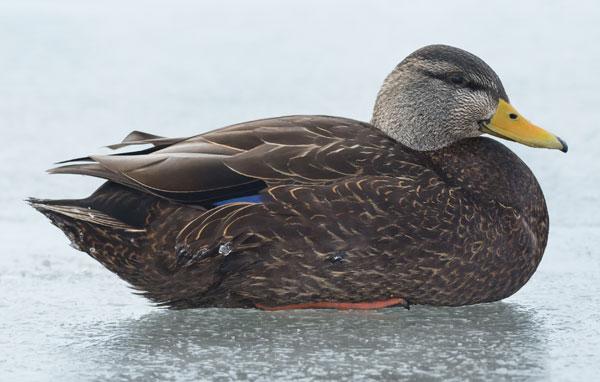
American black duck
The American black duck is large dabbling duck who resemble the closely-related mallard, but are darker in appearance and much less common. Black ducks nest in wetlands throughout the Eastern Seaboard, including freshwater and salt marshes where restoration and protection are vitally important to maintaining black duck populations.